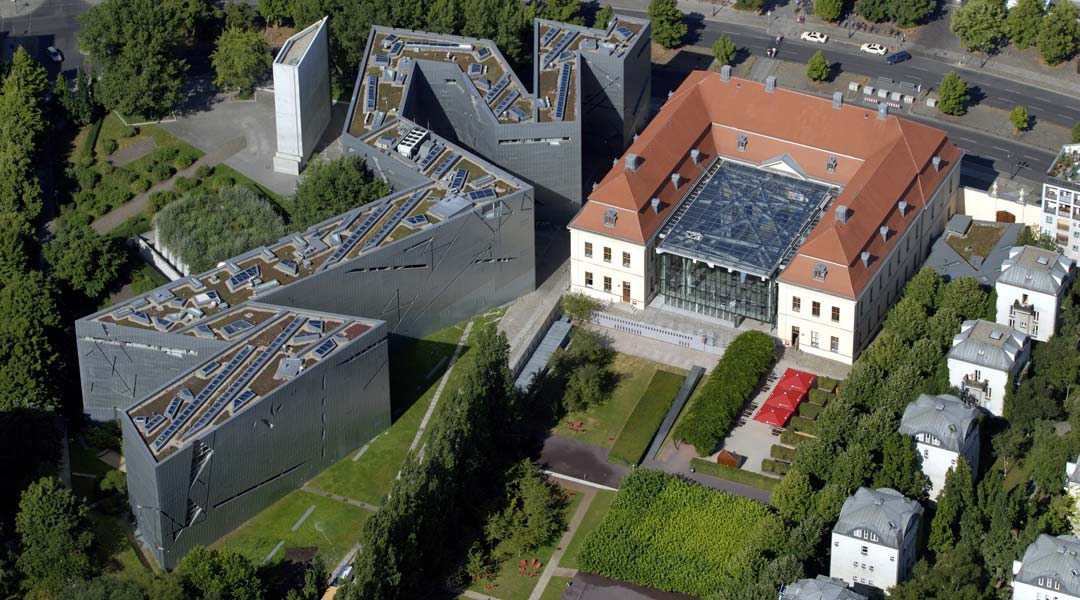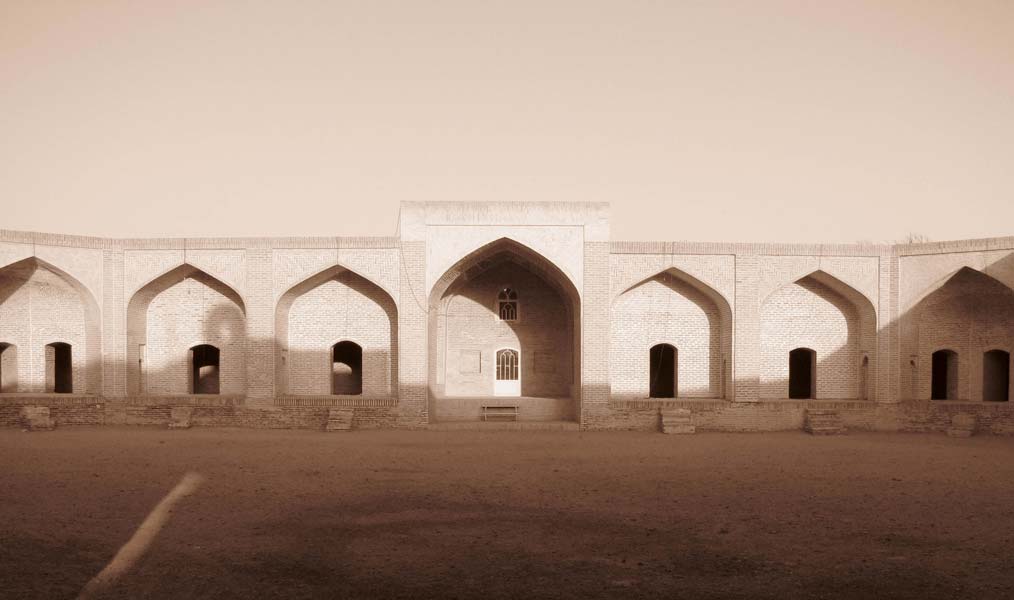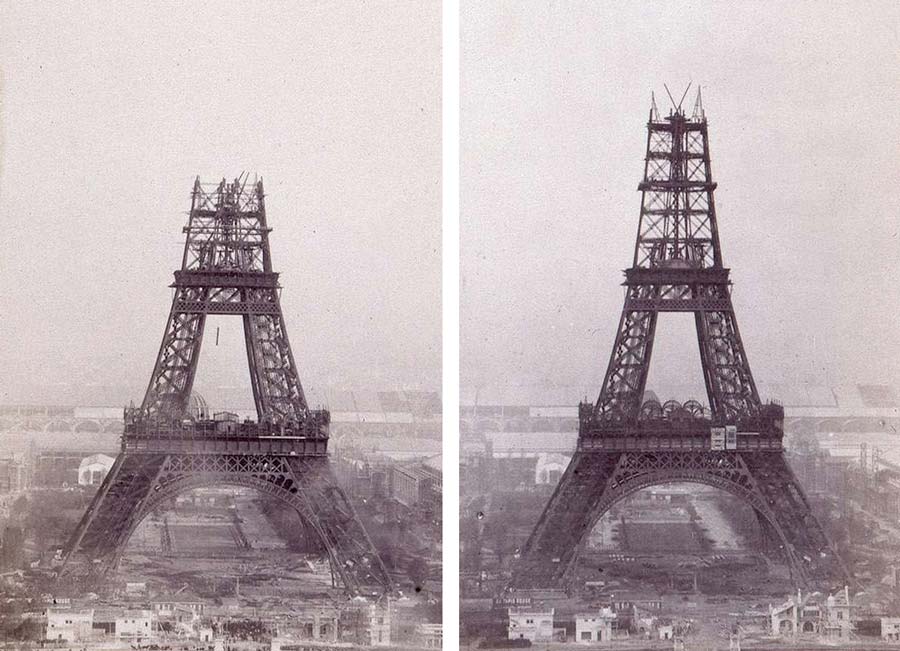
Evolution in Design: Why Designers are Motivated to Design
Architectural solutions spring from ancient traditions that long ago defined the essential form of most building types. Romans traveling the Appian Way to Brindisi would rest at The Three Taverns Inn (where, according to the Bible’s Book of Acts, Paul was met by a band of Christians), an establishment that in many ways anticipated the contemporary hotel. Centuries later, a Persian trader, his camels loaded with cloth and spice, would be relieved to see a caravanserai come into view along the Silk Road. Situated at regular intervals on the trade routes, caravanserais were sturdy courtyard buildings accommodating merchants, their servants, animals and goods, with helpful attentions still appreciated by travelers today. Ancient hostelry may have been technically simple structures while a modern hotel approaches the complexity of a cruise ship, yet there is a direct lineage in form, function and ethic that allows us to consider hospitality architecture as one example of design that has evolved.

The term Evolution in Design asks whether designers are capable of change and growth in the service of their art, and if so, whether this change and growth manifest in ways inevitable as in the organic world. Darwin postulated that organisms adapt in response to environmental stimuli to promote reproductive success. Given the explosive success of the design professions in the past century—at least, as measured by the ever-increasing population of practicing architects and the unprecedented expansion of the global built environment—it would seem the answer is yes. We architects have successfully mastered the principles of survival in a journey that has taken us across a broad expanse of time.
Architecture has been practiced for millennia in more or less the same form. It is likely that a contemporary architect who could step back in time would feel as comfortable in the atelier of the Roman architect Marcus Vitruvius, as our earlier travelers would feel spending the night in an elegant Makati hotel. The design methods, graphic techniques, professional environment and training would have been roughly similar.
If there is one thing that has remained unchanged about design, it is the labor-intensive inefficiency of our practice model. We may employ digital software to draw lines straighter and calculate light reflection more accurately, but are we not the same anachronistic community of dreamers, craftsmen, artists and technologists of old, deploying time-tested, interdependent skills in the service of our inventions, which we produce only once, as prototypes, before moving on to the next challenge? The manner by which we articulate our visions has not—and perhaps cannot—evolve.
In the several millennia during which architecture has been practiced, archetypes have been developed to satisfy needs of the individual, the family, business, government, industry, education, war, worship, storage, eating, transportation, punishment, pleasure, hygiene and health, and even death. Examining these buildings in our own time, we will be hard pressed to find a single one that is unique in the annals of architecture. While our ability to imagine entirely new kinds of buildings may be limited, the variations by which we build, the materials of which we build, and the scale at which we build is open-ended. Does this mean that architecture has said just about all it can say? That the inventory of our creative and technical skills have explored every prototype of the horizontal and vertical, of the rectilinear and the curvilinear, of the inward facing and the outward facing, of the brick, the wood, the steel and the glass?
The continually unfolding excitement of design indicates that we have not yet reached the end—that there is much energy to harness. Composer John Cage may have had something to say about this when he declared that, “Art is a form of complaint,” by which he meant that a creative person is one who, not finding that which he wishes to find in the world, fashions a new universe on a blank piece of paper. As long as someone is unsatisfied with this world, we can imagine that forward motion—evolution—continues.
Architecture is a product of culture as much as it is a reflection of culture. Until recently, architecture and the manner by which it was expressed was directly connected to a land, a climate, and a people—just as was religion, cuisine and literature. Centuries ago, it was as unlikely to find a Gothic cathedral in China as finding a cactus growing in Siberia. But the advent of globalized currents of intellectual and cultural knowledge are dislodging design from its organic roots, improving the chances of previously unrelated ideas to fertilize each other, and thus create evolutionary movement.
A creative person is one who, not finding that which he wishes to find in the world, fashions a new universe on a blank piece of paper.
The Motivation to Design
Why should design evolve—what is the motivation? I once had a client who had studied architecture then left the field to become a rich investment banker. In one of our meetings, he asked why designers insist on re-inventing the world with every assignment. Why couldn’t they, he wondered, just design one house, one light, and one cabinet, for efficient adoption in every project they undertake? The question was so seriously posed and so absurdly ignorant of our motivations that I was left speechless. But it pointed to our need to define the reason we design.
Some designers are motivated primarily by the creation and appreciation of beauty, the manner by which this beauty is achieved, and the ends to which the beauty is applied. An aesthetic approach can be a sound foundation for culturally significant work because most people experience architecture as form, and will identify attractive structures as emblematic of their own culture.
Some designers are motivated by the expressive possibilities of technology, paying close attention to the manner by which elements are connected. When Frank Lloyd Wright said, “The whole is to the part as the part is to the whole,” he was referring to such compositional integrity. Some designers are motivated by respect for precedent, by sympathy for the context of historical time within which architecture is developed and lives are lived. A global movement promotes preservation of legacy architecture, adaptive reuse of existing buildings and the marriage of the historic with the contemporary.
Some designers speculate about future needs and reject the imposition of the past—design is a vehicle for positive change, social criticism and reform. A number of compelling ideologies evolved from this point of view—notably, the Futurists of the early 20th century. These young idealists demanded that each generation create a unique environment—employing an ephemeral architecture comprised of degradable materials. Another futureoriented perspective is personified by Paolo Solari, whose visionary “arcology” model proposed self-supporting, hyperdense cities with minimal impact on the environment.
Some designers are motivated by the possibility of ameliorating social need and contributing to a greater good. Many have joined Architects for Humanity, a volunteer organization of 50,000 professionals dedicated to alleviating poverty, expanding access to safe shelter, rebuilding conflict zones, supporting disabled and high risk populations, addressing the impact of the built environment on climate change, and other critical issues.
Some designers are motivated by service to evil. Albert Speer, Adolf Hitler’s trusted confidant and one of the most powerful figures in the Nazi regime, described as “morally extinguished” by his biographer, is only the most famous example of an architect supporting a diabolical political institution.
Last on this admittedly incomplete list are designers motivated by the possibility of creating narrative, recognizing in architecture the power to enhance, manipulate or interrupt an experience. Daniel Liebeskind is a modern master of this genre and is credited with inventing new ways to communicate historical or personal stories through architecture.
There are evolutionary changes that can be traced to the phenomenon of architecture as a collective impulse. These can be approached via revelatory codes and stipulations of conduct. Generally, codes of ethics established by professional design organizations have, in the past, had little to do with design. Rather, they merely attempted to control legal and business conduct.
READ MORE: Phenomenon and Noumenon: Architectural Preservation
It is encouraging to note that many codes now include commentary on strategies for enhancing social good through design. For example, the American Institute of Architects demands that “members be environmentally responsible and advocate sustainable building and site design.” The UAP suggests, when describing the value of an architect, that his or her “objective is to…bring order to man’s environment…cause it to function properly within a structure that is safe and healthful…and impart to the whole a beauty and distinction that is appropriate to our time.” Section E of the code of ethics of the Philippine Institute of Interior Design commendably urges the interior designer to “…be of constructive service in civic and urban affairs, and to the best of his ability, advance the safety, health and well-being of the people.” If statements such as these form the basis of our work, then one can imagine design indeed evolving in a positive direction.
Originality in Architecture
The single most difficult problem facing a designer is how to originate new ideas. There are universal sources of inspiration, some of which have already been mentioned, like narrative and culture. The writer Jack London said: “You can’t wait for inspiration: You have to go after it with a club.” New developments in design can occur when design and client communities come together club in hand, hunting down inspiration, with the intention of telling new stories through the medium of design and of creating environments communities will appreciate.
The single most difficult problem facing a designer is how to originate new ideas.
Designers and clients are in the business of imagining and producing things that do not yet exist, but are judged and evaluated by criteria used to evaluate those that already exist. Therefore, anything new, anything evolved, faces the danger of being condemned for its very newness. This problem represents another inhibition to evolution in design. However, honest critique, based on analysis, judgment and interpretation can help stimulate success.
[full_width padding=”0 0 30px 0″]

Earlier, I listed a few potential motivations of designers. Client goals should be similarly explored in the hope we can more objectively understand their aims.
A property can evoke an exaggerated form of domesticity to create an idealized home away from home. Alternatively, a property can be patently non-domestic—a kind of conjugal paradise divorced from the marital.
An approach built on a social statement can create or service affinities already existing between the client base and the property. For example, a building servicing pilgrims might adopt forms, spaces and décor from the religious tradition it is serving.
The exotic venue offers a form of entertainment one might never encounter in daily life—or might not even welcome in daily life—such as an underwater lounge, but creates a powerful experience that can serve as the anchor for memory.
A geographically grounded property could distill the historical, cultural or physical characteristics of a place into a unique event.
We have all been entranced by the variety and freshness springing from the fusion of distinct cuisines, where flavors, textures and presentation styles are reinvigorated by the marriage of unrelated traditions. In much the same way, design can evolve most dynamically when strong points of view flourish at the same table and where the full potential of architecture is respected. ![]()


